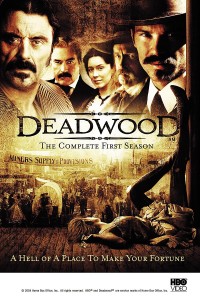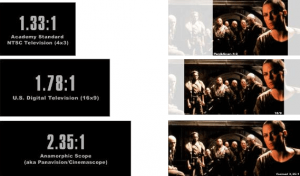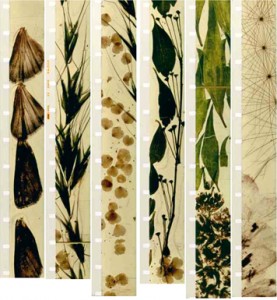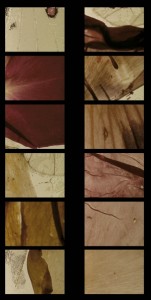In his essay, ‘What is Digital Cinema?’, Lev Manovich famously says, “Cinema is the art of the index; it is an attempt to make art out of a footprint.” Manovich’s engagement with indexicality in cinema in the digital age begins as a departure from the focus on “the possibilities of the interactive narrative”. Instead, he attempts to historicize the visual techniques that go into the making of cinema and their differing relationship to the representations of reality through time, thus reflecting what Altman calls the ‘historicizing of genre theory’.
Manovich notes that since its very birth, “cinema was understood …as the art of motion… that finally succeeded in creating a convincing illusion of dynamic reality”. He looks at the progress of this idea by tracing it back to the 19th century, when cinema relied on hand painted or hand-drawn images that required manual action to create movement. By the last decade of the 19th century with the mechanization of motion, this movement was accelerated, leading to the birth of a “particular regime of the visible”, where the machine spits out images, “all moving at the same speed, like a line of marching soldiers”. These techniques removed the traces of the human body from the making of cinema: “once the cinema was stabilized as a technology, it cut all references to its origins in artifice”.
He goes on to distinguish Animation from Cinema, by emphasizing on their respective privileging of the ‘graphic’ and the ‘photographic’. Thus, animation openly admits its constructedness by projecting its images as representations of rather than, unadulterated recordings of reality. Manovich notes that while cinema, since its very beginning bore traces of the human body, the “new visual regime of cinema” by erasing traces of its production process, pushed the relevance of graphic art such as paintings, in the discussion of cinema, to the fringes.
However, Digital Cinema challenges this distinction between recorded and constructed reality by making possible the juxtaposition of the two. Manovich lists the following principles of digital cinema—
- Rather than filming/recording physical reality, it is now possible to generate film like scenes directly in a computer.
- Once live-action footage is digitized, it loses its privileged indexical relationship to pro-filmic reality.
- With the possibility of editing now, live-action footage functions as raw material for further composition. (Thus, retaining visual realism unique to the photographic process, yet obtaining the plasticity possible in animation)
- The computer collapses the distinction between editing and special effects.
All these features, stress on the “mutability of digital cinema” that erases the distinction between a “photograph and a painting”. Manovich gives examples of hand-painting digitized film frames in digital cinema, that allow us to think through the differences between “re-arranging reality” to “re-arranging images”. Thus, the computer allows the meeting of the cinematic with the graphic. A significant consequence of this, especially in relation to Meek’s Cutoff, is the possibility of recreating spatialized narratives by fusing images together, allowing for the possibility of the spatializing of time: “time becomes spatialized, distributed over the surface of the screen.”
It may be interesting to read Egbert’s and Gregory’s reviews of Meek’s Cutoff in relation to Manovich’s discussion of Digital Cinema. Both, Egbert and Gregory in their reviews of the movie, applaud Reichardt’s realism, in so much as it relies on her proximity to the landscapes where her stories are set. Thus Gregory, talks about the hostile setting of Meek’s Cutoff, complete with “rattle snakes and tornado winds…110 degrees during the day and 20 degrees at night” where “actors came down with heatstroke and hypothermia”. On the other hand, the representation of the actors and the authenticity of their costumes is set against the backdrop of a landscape that increasingly represents a painting. While, Reichardt’s films may be seen as instances of stark recorded reality, how may we read these painterly landscapes in relation to the characters?




